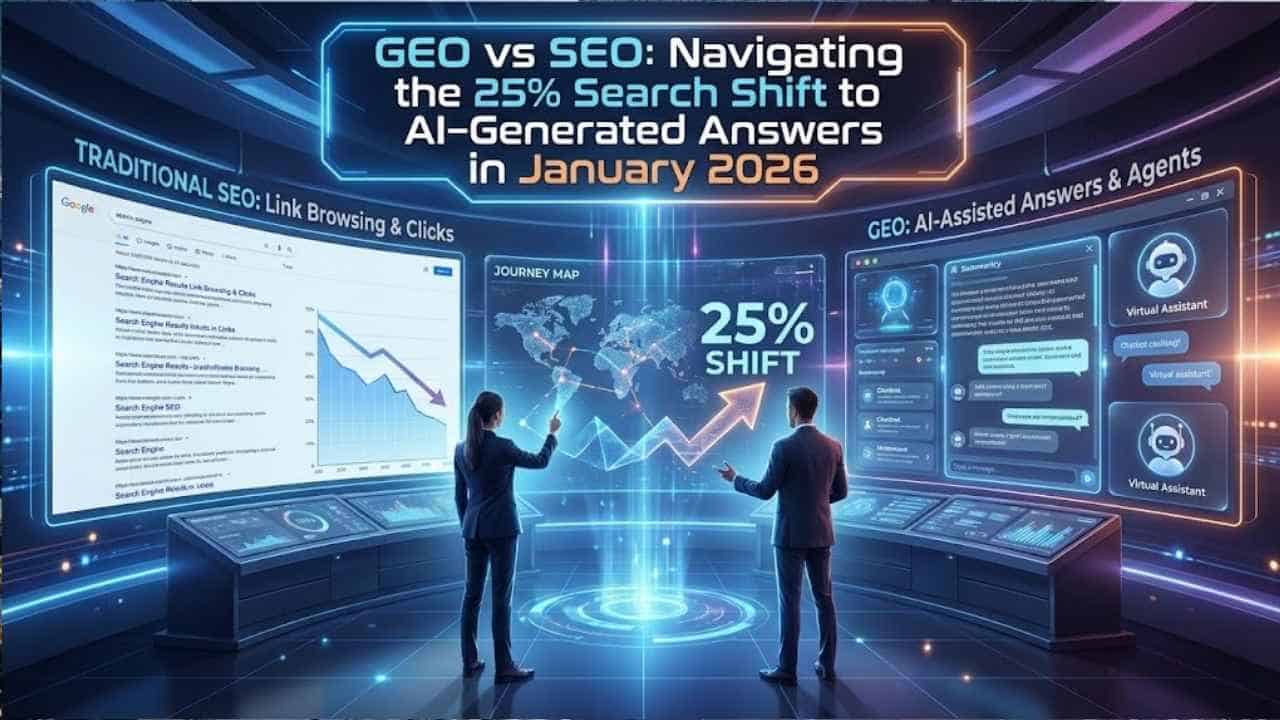As an SEO specialist and journalist, I am frequently approached by businesses keen to enhance their online presence and climb search engine rankings quickly. While the appeal of instant results can be tempting, one of the most frequent pitfalls I warn against is the allure of buying fake organic traffic. Although it might offer a short-term boost, the long-term consequences can harm your website’s health and reputation.
One popular search term many business owners encounter is “buy organic website traffic.” It’s essential to understand that true organic traffic can’t be purchased, and attempts to do so often lead to disappointing and sometimes damaging results. Purchasing fake organic traffic can lead to high bounce rates, lower engagement, and search engine penalties, severely hindering your site’s performance.
This article will explore why you should avoid buying fake organic traffic and focus instead on legitimate strategies for increasing authentic, valuable traffic to your site. We will explore methods such as creating high-quality content, optimizing your on-page and technical SEO, and building authoritative backlinks. By embracing these ethical strategies, you can achieve sustained growth and make a reputable online presence. Furthermore, investing in tools that help monitor and improve your website’s performance will ensure you stay on the right track. Let’s explore why these practices are crucial for your business’s long-term success and how to implement them effectively.
Understanding Organic Traffic
Organic traffic refers to visitors who reach your website through unpaid search results on search engines like Google, Bing, or Yahoo. These users actively search for content, services, or products your website offers, making them high-quality leads for potential conversions. High organic traffic is a sign of effective SEO practices, and it can increase engagement, improve conversion rates, and drive revenue.
Why You Shouldn’t Buy Fake Organic Traffic
There are several reasons why buying fake organic traffic is a bad idea:
- Search Engine Penalties: Search engines like Google use sophisticated algorithms to detect and penalize websites that engage in manipulative practices, such as buying fake traffic. Penalties can lead to a significant drop in rankings or even removal from search engine results altogether.
- High Bounce Rates: Fake traffic usually comes from bots or click farms, resulting in high bounce rates and low engagement. That indicates to search engines that your content is not valuable, leading to decreased visibility.
- Waste of Resources: Money spent buying fake traffic could be better invested in ethical SEO strategies that yield sustainable, long-term results. Fake traffic offers no real value and tarnishes your site’s credibility.
- Damage to Reputation: Inflating traffic numbers can harm your business’s reputation. Customers and industry peers will likely lose trust in a company that resorts to dishonest practices.
Signs of Fake Traffic
Before exploring legitimate alternatives, it’s essential to know how to identify fake traffic:
- Unusual Traffic Spikes: Red flags include notable and sudden increases in traffic without any corresponding marketing events, content releases, or other logical explanations.
- Low Engagement Rates: High bounce rates, low session durations, and minimal interaction with content usually indicate fake visitors.
- Source Anomalies: Traffic primarily coming from unusual locations or sources, like obscure referral websites, is a tell-tale sign of fake traffic.
Ethical Alternatives to Boost Organic Traffic
While buying fake organic traffic is not advisable, several ethical and effective strategies can naturally enhance your site’s organic traffic.
1. Content Creation and Optimization
High-quality content is foundational to attracting and retaining visitors. Creating valuable, informative, and engaging content ensures users find your website useful.
Know Your Audience: Understand your target audience’s needs and preferences. Create content that addresses their queries and provides solutions.
Keyword Research: Use tools like Google Keyword Planner and SEMrush to identify relevant keywords with high search volume and low competition. Integrate these keywords naturally into your content.
Regular Updates: Frequently updating your blog or website with fresh and relevant content keeps your audience engaged and improves search rankings.
2. On-Page SEO
On-page SEO involves optimizing individual web pages to rank higher and earn more relevant traffic from search engines.
Meta Tags: Create compelling title tags and meta descriptions that incorporate target keywords and entice users to click.
Header Tags: Use header tags (H1, H2, H3) to structure your content cleanly and logically, making it easier for search engines to crawl.
Internal Linking: Link to other relevant pages on your website to improve navigation and SEO.
3. Technical SEO
Technical SEO ensures that your website meets the technical requirements of modern search engines, enhancing its performance and search visibility.
Site Speed: Optimize your website’s loading speed by compressing images, enabling browser caching, and minimizing code.
Mobile Optimization: Ensure your site is mobile-friendly, offering a seamless user experience across all devices.
Secure Connections: Use HTTPS to secure your site and protect user data.
4. Backlink Building
High-quality backlinks from reputable websites can significantly enhance your site’s authority and organic search rankings.
Guest Blogging: Write guest posts for authoritative industry websites, including links to your blog or website.
Create Shareable Content: Produce infographics, videos, and other shareable content to encourage other sites to link to you.
Outreach: Build relationships with influencers and bloggers in your industry to promote your content and generate backlinks.
5. Improve User Experience
An optimized user experience ensures visitors stay longer on your site, interact more with your content, and return in the future.
Easy Navigation: Simplify your site’s navigation. Make it easy for visitors to find relevant information quickly.
Engaging Design: Use clean and attractive design elements that keep users interested and make browsing your pages delightful.
Interactive Elements: Incorporate videos, quizzes, surveys, and other interactive features to engage your audience.
The Role of Paid Advertising
While buying fake organic traffic is a no-go, leveraging paid advertising can complement your organic efforts effectively:
1. Pay-Per-Click (PPC) Advertising
Platforms like Google Ads offer a way to appear at the top of search results for targeted keywords.
Immediate Visibility: PPC ads offer instant visibility on relevant search queries while you work on improving your organic rankings.
Keyword Testing: Use PPC campaigns to test various keywords’ effectiveness before integrating them into your organic strategy.
Traffic and Conversion: Drive traffic to specific landing pages to meet short-term goals more efficiently.
2. Social Media Advertising
Promote your content to highly targeted audiences on platforms like Facebook, Instagram, and LinkedIn.
Targeted Campaigns: Use demographic, behavioral, and interest-based targeting to reach your ideal audience.
Content Promotion: Share valuable content to drive social engagement and support your SEO efforts indirectly.
Brand Building: Increase your brand’s visibility, credibility, and recognition, encouraging organic searches for your business.
Conclusion
While buying fake organic traffic might seem like a quick fix, it is fraught with risks that far outweigh potential short-term benefits. The temptation to buy organic website traffic may be strong, but it’s essential to understand the drawbacks of this approach. Fake traffic can lead to search engine penalties, wasted resources, and decreased credibility.
Instead, focus on ethical and sustainable SEO strategies such as creating high-quality content, optimizing on-page elements, building authoritative backlinks, and improving the user experience. Paid advertising can also play a supportive role in boosting your visibility and aiding your organic efforts. By adhering to these best practices, your business can cultivate genuine, high-quality organic traffic that drives long-term growth and success. Here’s to your journey in mastering ethical SEO and avoiding the pitfalls of fake organic traffic!








































